Blue wave? We’ll see. In an off-year election when too many Democrats typically don’t vote, Democratic candidates and activists have a lot of work to do before they can win over enough 2016 Trump voters to fuel a wave that will turn the national political map blue.
The kind of work I’m talking about isn’t door knocking, fundraising and get-out-the-vote organizing. That’s very important too, but I’m talking about messaging. So far this election season, much of the Democrats’ messaging has been ineffective to harmful.
 On social media and on the campaign trail, I see a lot of self-indulgent, self-righteous scream therapy from the left. There is a lot of snide mocking and scolding of Trump voters. Trump voters are called “stupid,” “naive,” “racist,” and worse. As Trump becomes more untruthful, unhinged and un-American by the day, frustrated progressives lash out with greater ferocity at the 46 percent of Americans who voted for Trump in 2016.
On social media and on the campaign trail, I see a lot of self-indulgent, self-righteous scream therapy from the left. There is a lot of snide mocking and scolding of Trump voters. Trump voters are called “stupid,” “naive,” “racist,” and worse. As Trump becomes more untruthful, unhinged and un-American by the day, frustrated progressives lash out with greater ferocity at the 46 percent of Americans who voted for Trump in 2016.
Ridiculing Trump voters on a personal level is never politically helpful. But it is a bit more understandable during party caucus and primary season, when Democratic candidates are trying to out-liberal each other when preaching to the progressive, anti-Trump choir. But in the summer and fall of 2018, when Democrats need to appeal to 2016 Trump voters rather than other Democrats, they need to stop scolding.
Pushing Trump Voters Into Deeper Entrenchment
Don’t get me wrong. I love a good cathartic rant as much as the next guy or gal, and I’m frustrated with Trump voters too. But we all need to get more self-disciplined. All this constant chiding does is make 2016 Trump voters more defensive and prone to rationalizing another vote for Trumpublican congressional apologists in 2018. Every time I observe a Trump voter being castigated by a cocksure progressive candidate or activist, I can feel Trump voters getting more deeply entrenched in the Trump column.
Open-minded Trump voters, and there are some, need a face-saving way to justify and explain a move away from Trumpism. So for messaging during the 2018 campaign, the villain needs to be Trump and his post-election flip-flops, not Trump voters. The messaging needs to focus on Trump’s failure to keep his 2016 promises to Trump voters, not on Trump voters being stupid in 2016. That’s an important nuance.
Here’s what it would sound like for a candidate to run against Trump lies rather than Trump voters:
I don’t blame Trump voters for wanting a president who promised he would drain the special interest swamp in D.C. I wanted that too. But the fact is, as president, Trump did the complete opposite.
And I don’t blame Trump voters for wanting someone who promised to make the wealthiest 1 percent to pay more, not less. I wanted that too. But the fact is, as president, Trump did the opposite.
I certainly don’t blame Trump voters for wanting someone who promised better health care protections. I wanted that too. But again, as president, Trump did the opposite.
So, if I seem angry, I am. But I’m not upset at Trump voters. I’m furious at President Trump for lying to his voters and all Americans.
As mad as I am, Trump voters have a right to be a thousand times angrier at Trump. When someone lies to you, it’s because they don’t respect you enough to be honest. They lie because they think you’re too stupid to know the difference. But in 2018, Trump is going to learn that many of his 2016 voters aren’t stupid, and they now see through his betrayals and lies.
Some Won’t Be Persuaded
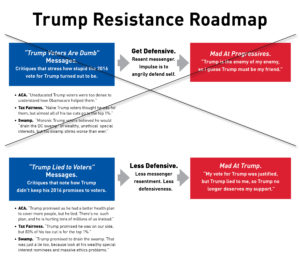 I’m not naive about this. I understand that this messaging nuance won’t persuade every Trump voter. Nothing will persuade Trump voters who are deeply racist, closed minded, or hopelessly brainwashed by the propaganda spewed on Fox News and conservative talk radio.
I’m not naive about this. I understand that this messaging nuance won’t persuade every Trump voter. Nothing will persuade Trump voters who are deeply racist, closed minded, or hopelessly brainwashed by the propaganda spewed on Fox News and conservative talk radio.
But this approach gives progressives a shot at winning a modest subset of Trump voters, such as the many voters who were more anti-Clinton than pro-Trump. Given that Trump lost the popular vote in 2016 by 2 percent, the attraction of even 5 percent of those 2016 Trump voters could be enough to make Nov. 6, 2018, into a Blue Tuesday.
Winning in 2018 and limiting Trump damage is worth taking a pass on the cathartic message of “I told you so.” So my fellow Democrats, if only for the next five months, let’s get disciplined and stop nagging Trump voters.
Note: A version of this commentary also appeared in MinnPost.com.

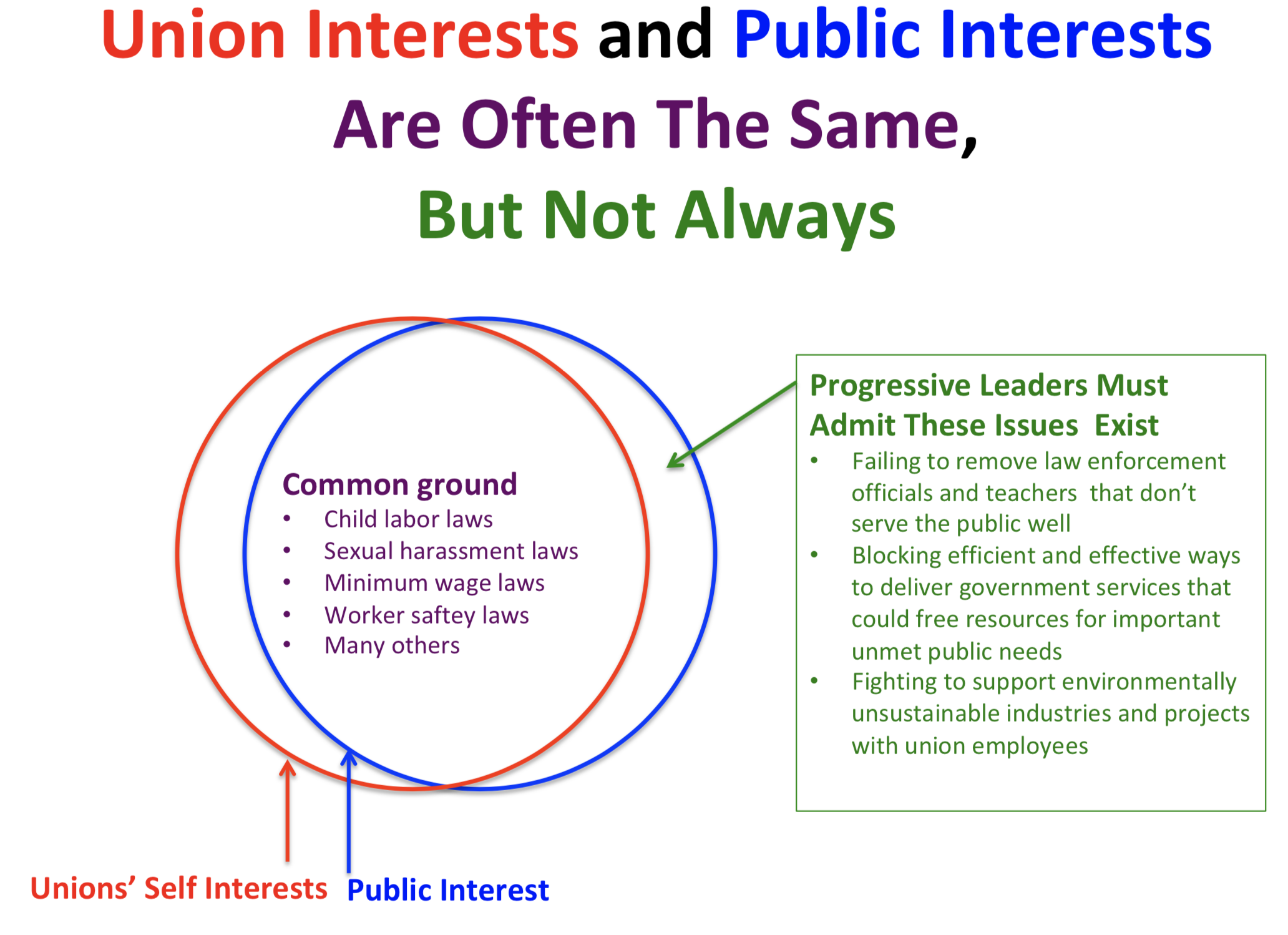
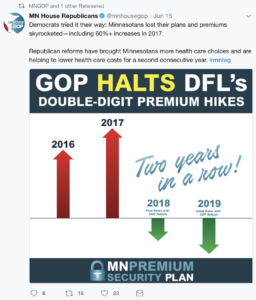 Exuberant Minnesota Republicans seem to think they have a winning health care issue for the 2018 election season–reinsurance. And they do deserve a great deal of credit for helping to enact a state reinsurance program that is reducing premiums for Minnesotans in the individual market. The individual market is for the 162,000 Minnesotans who can’t get insurance from their employer or the government.
Exuberant Minnesota Republicans seem to think they have a winning health care issue for the 2018 election season–reinsurance. And they do deserve a great deal of credit for helping to enact a state reinsurance program that is reducing premiums for Minnesotans in the individual market. The individual market is for the 162,000 Minnesotans who can’t get insurance from their employer or the government.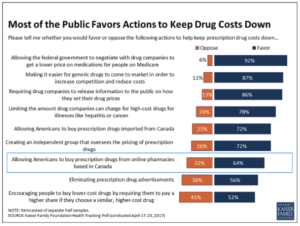 Nearly two-thirds of Americans like this idea. By an overwhelming two-to-one margin, a Kaiser Family Foundation
Nearly two-thirds of Americans like this idea. By an overwhelming two-to-one margin, a Kaiser Family Foundation 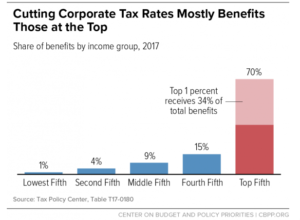 Yesterday, Minnesota House Republicans–following the lead of President Trump and congressional supporters like Representatives Lewis, Emmer and Paulsen–
Yesterday, Minnesota House Republicans–following the lead of President Trump and congressional supporters like Representatives Lewis, Emmer and Paulsen– Who is that gallant knight
Who is that gallant knight 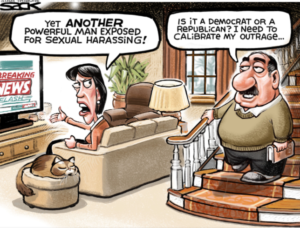 One of the primary rallying cries of the righteous defenders of Senator Al Franken is that he is being “denied due process.” Republican former Governor Arne Carlson was the latest in a long line of folks to make this righteously indignant
One of the primary rallying cries of the righteous defenders of Senator Al Franken is that he is being “denied due process.” Republican former Governor Arne Carlson was the latest in a long line of folks to make this righteously indignant 
 Saint Paul. MN — Ronald “Bud” Carlson, a 68-year old veteran of the Minnesota Senate (R-Lake City), desperately needed a new power tie for an American Legislative Exchange Council (ALEC) annual meeting at a Trump Hotel in Las Vegas last week. But he didn’t have the money to pay for the Stefano Ricci one he needed.
Saint Paul. MN — Ronald “Bud” Carlson, a 68-year old veteran of the Minnesota Senate (R-Lake City), desperately needed a new power tie for an American Legislative Exchange Council (ALEC) annual meeting at a Trump Hotel in Las Vegas last week. But he didn’t have the money to pay for the Stefano Ricci one he needed.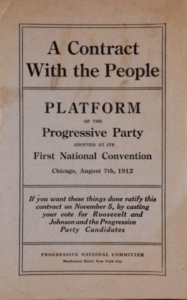 In 2018, progressive Governor Mark Dayton will be retiring, and Minnesota voters will be selecting a new chief executive. To retain control of the Governor’s office in 2018, Minnesota Democrats need a compelling policy agenda. It goes without saying that they also need a compelling candidate, but this discussion is about policy.
In 2018, progressive Governor Mark Dayton will be retiring, and Minnesota voters will be selecting a new chief executive. To retain control of the Governor’s office in 2018, Minnesota Democrats need a compelling policy agenda. It goes without saying that they also need a compelling candidate, but this discussion is about policy.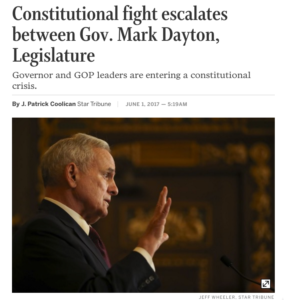
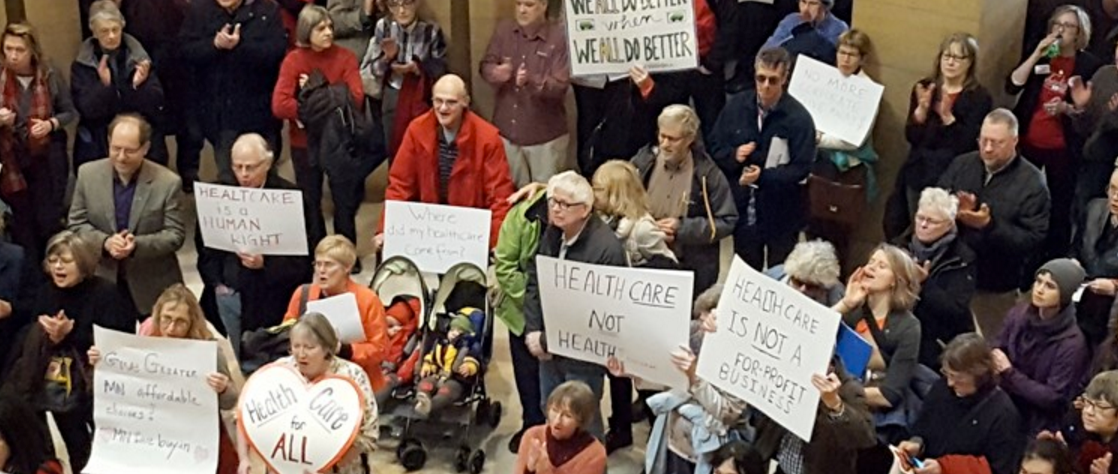
 As the 2017 Minnesota legislative session heads into the home stretch and President Trump is
As the 2017 Minnesota legislative session heads into the home stretch and President Trump is  Not Feeling The Mandate. Trump mandate? What mandate? Most Minnesotans don’t like Trump’s policies any better than they like him personally. About two-thirds (
Not Feeling The Mandate. Trump mandate? What mandate? Most Minnesotans don’t like Trump’s policies any better than they like him personally. About two-thirds ( Okay With O’Care. Then there is Obamacare. Republicans seem supremely confident that Obamacare is wildly unpopular. But a narrow plurality of Minnesotans actually is okay with it.
Okay With O’Care. Then there is Obamacare. Republicans seem supremely confident that Obamacare is wildly unpopular. But a narrow plurality of Minnesotans actually is okay with it. 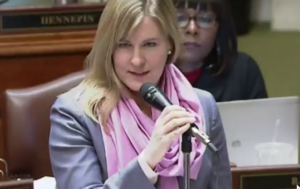 When it comes to
When it comes to  Republicans — ever eager to show they are in touch with the values of ordinary Minnesotans — are very fond of drawing analogies between household budgeting and government budgeting. Former Governor Tim Pawlenty was especially keen on talking about the virtues of “kitchen table budgeting.”
Republicans — ever eager to show they are in touch with the values of ordinary Minnesotans — are very fond of drawing analogies between household budgeting and government budgeting. Former Governor Tim Pawlenty was especially keen on talking about the virtues of “kitchen table budgeting.”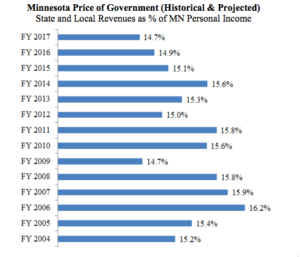 More to the point, families typically don’t cut the family budget — across the board or otherwise — when the family finances are stable or improving. I promise you, this is not heard at very many kitchen tables: “Okay sweetie, we’re financially comfortable and stable right now, but let’s cut the household budget deeply anyway!”
More to the point, families typically don’t cut the family budget — across the board or otherwise — when the family finances are stable or improving. I promise you, this is not heard at very many kitchen tables: “Okay sweetie, we’re financially comfortable and stable right now, but let’s cut the household budget deeply anyway!”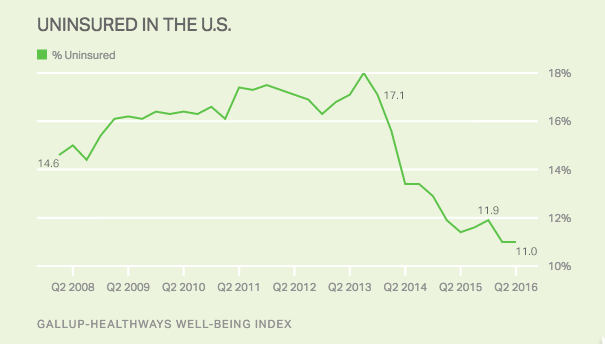 And despite years of heavily-financed and relentless attacks on the model, most Americans now have a
And despite years of heavily-financed and relentless attacks on the model, most Americans now have a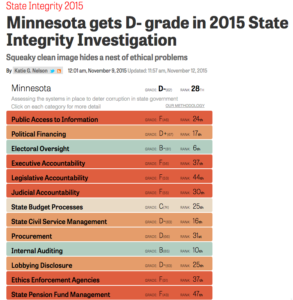 When Republicans took over the Minnesota House of Representatives, they got their chance to show Minnesotans their preferred style of governing.
When Republicans took over the Minnesota House of Representatives, they got their chance to show Minnesotans their preferred style of governing.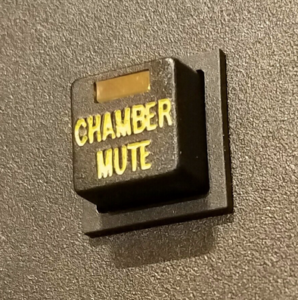 The reality of the mute button is pretty horrifying. Regulating debate should continue to be done with the traditional, predictable, and ever-civil Mason’s Manual of Legislative Procedure, not the impulsive flick of a politicians’ index finger. Mason’s doesn’t need a mute.
The reality of the mute button is pretty horrifying. Regulating debate should continue to be done with the traditional, predictable, and ever-civil Mason’s Manual of Legislative Procedure, not the impulsive flick of a politicians’ index finger. Mason’s doesn’t need a mute.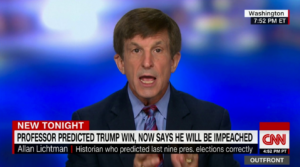 There’s a popular theory among the chattering classes that Trump will be impeached fairly soon. It goes something like this: Republican members of Congress are getting very sick of Trump, because of his incompetence, conflicts-of-interest, Putin slavishness, and overall lunacy. Long-term, they worry that Trump will hurt their brand with the non-extreme swing voters they need to win elections.
There’s a popular theory among the chattering classes that Trump will be impeached fairly soon. It goes something like this: Republican members of Congress are getting very sick of Trump, because of his incompetence, conflicts-of-interest, Putin slavishness, and overall lunacy. Long-term, they worry that Trump will hurt their brand with the non-extreme swing voters they need to win elections.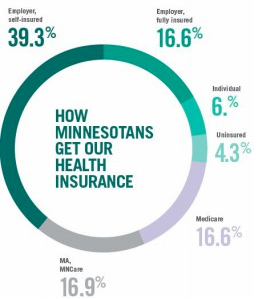 Out on the campaign stump, Republicans say they want more health plan options than are currently available. They want health insurance companies to feel more competitive pressure to keep a lid on premiums. They want consumers to have a broad network of health care providers available to them. They want assurances that there will always be at least one solid coverage option available to every Minnesotan, even when health insurance companies decide to pull out of the marketplace, as they have in recent years. Those are all good goals.
Out on the campaign stump, Republicans say they want more health plan options than are currently available. They want health insurance companies to feel more competitive pressure to keep a lid on premiums. They want consumers to have a broad network of health care providers available to them. They want assurances that there will always be at least one solid coverage option available to every Minnesotan, even when health insurance companies decide to pull out of the marketplace, as they have in recent years. Those are all good goals.